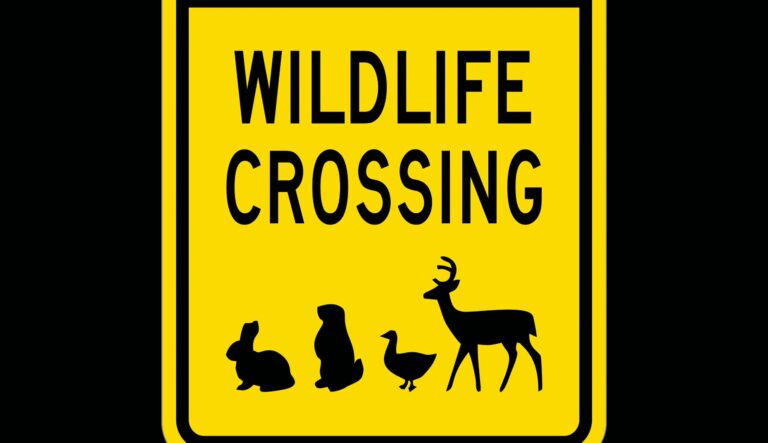The world’s largest wildlife crossing is being built in Los Angeles, a city infamous for roads that encroach on natural surroundings.
A wildlife crossing is a bridge that seeks to help wildlife move between divided sects of land. This land is often divided by manmade features such as roads, but can also be intersected by rivers. In Los Angeles County, the new Wallis Annenberg Wildlife Crossing will provide safe passage for wildlife across the 101 Freeway, which spans 10 highway lanes
In this area the most common wildlife in need of crossing access are mountain lions, cougars, coyotes, bobcats, deer, snakes, lizards and more, passing from the Santa Monica Mountains into the Simi Hills of the Santa Susana mountain range, according to CNN and the National Park Service.
The National Park Service also reports that because mountain lions have been restricted by freeways throughout the Los Angeles area, it has caused inbreeding of the species.
Construction of the crossing started in April 2022 and will approach completion in 2025. The California Department of Transportation (Caltrans) has plans for the finished bridge to be covered in soil and native plants to blend in with natural surroundings. Construction has blocked traffic on the highway both southbound and northbound throughout the project.
Once finished the structure will be known as the Wallis Annenberg Wildlife Crossing, named for the president and CEO of the family Annenberg Foundation which supports nonprofits. “We can coexist side by side with all kinds of wildlife instead of paving it over and choking it off,” said Wallis Annenberg at an event detailing the project. “It is about bringing more attention to an ingenious solution so urban wildlife and ecosystems like this one cannot only survive, but thrive.”
In 2015, the construction of the crossing was proposed, and the Annenberg Foundation took up the call for funds making a $1 million challenge grant to encourage the community to donate. From there the project received more than 3,000 private, philanthropic, and corporate donations from around the world.
“We need to move beyond mere conservation, toward a kind of environmental rejuvenation. Wildlife crossings are powerfully effective at doing just that – restoring ecosystems that have been fractured and disrupted. It’s a way of saying, there are solutions to our deepest ecological challenges, and this is the kind of fresh new thinking that will get us there.”


